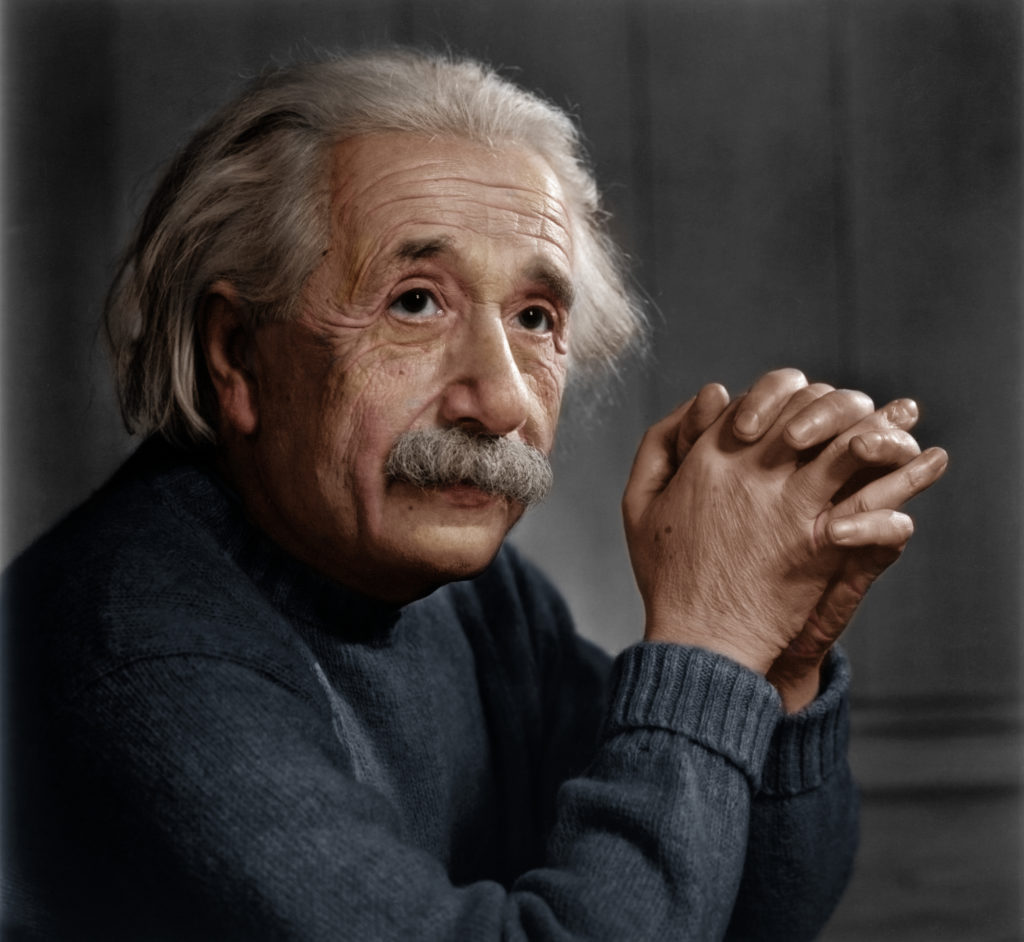
Defying Time: The Phenomenon of Late-Career Peaks in Professional Sports
For decades, the narrative surrounding professional athletes has largely been one of early brilliance, a prime in the mid-to-late twenties, and an inevitable, often precipitous, decline as they approach their thirties. We’ve been conditioned to expect peak athleticism, speed, and power to wane with each passing year, making way for younger, hungrier talent. However, an intriguing and increasingly prevalent phenomenon is challenging this conventional wisdom: the late-career peak.
No longer a rarity, a growing number of elite athletes are not just extending their careers but reaching their statistical and performance pinnacles well into their thirties, and in some extraordinary cases, even their forties. This isn’t merely about sustained excellence; it’s about players defying the physiological clock, delivering career-best or near-best numbers at an age when many of their peers have long retired. What drives this remarkable trend, and who are the standout examples that illuminate this age-defying mastery?
The Evolving Landscape: Why Late Peaks Are Becoming More Common
The ability of athletes to peak later in their careers is not a mere coincidence; it’s a testament to a confluence of advancements and shifts in the professional sports landscape:
-
Revolution in Sports Science and Training: Modern understanding of the human body, biomechanics, and exercise physiology has transformed training methodologies. Athletes now benefit from highly personalized strength and conditioning programs, advanced recovery techniques (cryotherapy, hyperbaric chambers, targeted massage), and sophisticated injury prevention strategies. This meticulous approach minimizes wear and tear and extends physical prime.
-
Nutrition and Lifestyle Optimization: Elite athletes adhere to incredibly strict dietary regimens, often tailored to their specific metabolic needs and energy expenditure. The days of casual eating are long gone; every meal is designed to fuel performance and aid recovery. Coupled with disciplined lifestyles that prioritize sleep, mental well-being, and avoiding detrimental habits, this holistic approach contributes significantly to longevity.
-
Mental Fortitude and Experience: As athletes age, they accumulate invaluable experience. They learn to read the game better, anticipate opponents’ moves, and make more efficient decisions. This heightened "game IQ" often compensates for any marginal decline in raw athleticism. Furthermore, mental resilience, the ability to perform under pressure, and a deep understanding of one’s own body and limitations become critical assets. Many veterans learn to manage their effort, saving bursts of energy for crucial moments.
-
Specialization and Role Adaptation: Some athletes evolve their game to suit their changing physical capabilities. A lightning-quick winger might transition into a central playmaker, relying more on vision and passing than explosive pace. A power hitter might become a more disciplined contact hitter. This tactical adaptation allows them to remain highly effective even as their physical attributes subtly shift.
-
Improved Medical Care and Rehabilitation: Advances in sports medicine mean injuries that once ended careers can now be effectively treated, with athletes returning to their previous form, sometimes even stronger. Better diagnostic tools, surgical techniques, and rehabilitation protocols have drastically reduced the long-term impact of severe injuries.
-
Unwavering Passion and Dedication: Ultimately, the players who achieve late-career peaks often share an extraordinary level of dedication and love for their sport. Their relentless pursuit of excellence, commitment to their craft, and sheer will to compete drive them to push boundaries that others might consider impossible.
Statistical Marvels: Athletes Who Peaked in Their Prime (or Beyond)
Let’s delve into some compelling examples across various sports, highlighting the statistical evidence of their late-career brilliance:
Tom Brady (American Football – NFL Quarterback)
Perhaps the most iconic example of late-career dominance, Tom Brady redefined what was possible for an NFL quarterback. While his early career was marked by Super Bowl wins, his statistical peaks and arguably his most impressive individual seasons came well into his late 30s and 40s.
- Age 40 (2017 Season): Brady led the NFL in passing yards (4,577), earning his third NFL MVP award. He also threw 32 touchdowns against just 8 interceptions, showcasing remarkable accuracy and decision-making for a player his age.
- Age 43 (2020 Season): After moving to the Tampa Bay Buccaneers, Brady threw for 4,633 yards and 40 touchdowns, leading his new team to a Super Bowl LV victory, earning his record fifth Super Bowl MVP.
- Age 44 (2021 Season): Brady set career highs in passing yards (5,316) and completions (485), while throwing 43 touchdowns, a testament to his unparalleled longevity and continued elite performance. He retired briefly at 44, only to return for one more season, proving his insatiable drive.
Brady’s ability to maintain arm strength, accuracy, and mental processing speed at an age when most quarterbacks are long retired or struggling is a testament to his meticulous preparation, nutrition, and strategic mastery of the game.
LeBron James (Basketball – NBA Small Forward/Power Forward)
LeBron James has sustained an unprecedented level of excellence since entering the NBA in 2003. While many consider his absolute physical peak to be in his late 20s, his statistical output and overall impact in his mid-to-late 30s represent a remarkable late-career peak, especially considering the mileage on his body.
- Age 35 (2019-2020 Season): James led the NBA in assists per game (10.2 APG) for the first time in his career, while still averaging 25.3 points, 7.8 rebounds, and leading the Los Angeles Lakers to an NBA Championship. This demonstrated his evolving playmaking prowess.
- Age 37 (2021-2022 Season): Despite team struggles, LeBron averaged an astounding 30.3 points per game, along with 8.2 rebounds and 6.2 assists, showcasing an offensive explosion rarely seen from a player his age.
- Age 38 (2022-2023 Season): He broke the NBA’s all-time scoring record while still averaging 28.9 points, 8.3 rebounds, and 6.8 assists, and leading the Lakers to the Western Conference Finals. His efficiency and scoring volume at this age are unparalleled.
LeBron’s relentless dedication to physical maintenance, combined with his unparalleled basketball IQ and adaptability, allows him to dominate in different facets of the game as he ages.
Cristiano Ronaldo (Soccer – Forward)
Often regarded as one of the greatest goal-scorers in history, Cristiano Ronaldo’s move from a wide forward to a central striker in his early 30s unlocked an even more prolific scoring phase, defying the typical decline in explosive pace.
- Age 32 (2016-2017 Season): Ronaldo scored 25 goals in La Liga and an incredible 12 goals in the Champions League, including crucial hat-tricks in the knockout stages, leading Real Madrid to a double (La Liga & Champions League).
- Age 33 (2017-2018 Season): He netted 26 goals in La Liga and 15 goals in the Champions League, again leading Real Madrid to another Champions League title.
- Age 35 (2019-2020 Season – Juventus): Ronaldo scored 31 goals in Serie A, his highest league tally in a single season since his move to Italy, proving he could adapt and dominate in a new league.
- Age 36 (2020-2021 Season – Juventus): He became the Capocannoniere (top scorer) in Serie A with 29 goals.
Ronaldo’s late-career peak is a testament to his relentless training, supreme physical conditioning, and his evolution into a pure, clinical goal-poaching machine, minimizing the need for constant bursts of speed.
Randy Johnson (Baseball – MLB Pitcher)
"The Big Unit" was known for his intimidating fastball and slider. While he was excellent in his 20s and early 30s, his most dominant and statistically impressive stretch came surprisingly late in his career, peaking as he approached 40.
- Age 35 (1999 Season): After joining the Arizona Diamondbacks, Johnson won his first Cy Young Award, going 17-9 with a 2.48 ERA and an astonishing 364 strikeouts in 271.2 innings.
- Age 36 (2000 Season): He followed up with a 19-7 record, a 2.64 ERA, and 347 strikeouts, earning his second consecutive Cy Young.
- Age 37 (2001 Season): Johnson had his career-best season, going 21-6 with a minuscule 2.49 ERA and a career-high 372 strikeouts, winning his third straight Cy Young and leading the Diamondbacks to a World Series title (sharing MVP honors).
- Age 38 (2002 Season): He continued his dominance with a 24-5 record, a 2.32 ERA, and 334 strikeouts, capturing his fourth consecutive Cy Young.
- Age 40 (2004 Season): Johnson threw a perfect game, becoming the oldest pitcher to achieve the feat, demonstrating his continued mastery of pitching.
Johnson’s late-career surge was due to a combination of refining his mechanics, developing better control of his pitches, and leveraging his intimidating presence and unique delivery, rather than relying solely on raw velocity.
Roger Federer & Serena Williams (Tennis)
While their absolute peak dominance might have been earlier, both Roger Federer and Serena Williams demonstrated incredible late-career resurgences, winning Grand Slams in their mid-to-late 30s when many thought their best days were behind them.
- Roger Federer (Age 35-36): After a period marred by injuries and a dip in form, Federer won the Australian Open in 2017 (at 35) and 2018 (at 36), adding two more Grand Slams to his record. His 2017 season, in particular, saw him play some of his best tennis in years, marked by renewed aggression and tactical brilliance.
- Serena Williams (Age 34-35): After winning Wimbledon in 2016 at 34, she won the Australian Open in 2017 (at 35) while pregnant, setting the Open Era record for Grand Slam singles titles. She then reached four more Grand Slam finals in her late 30s, showing incredible competitiveness.
Their ability to manage their schedules, adapt their game, and maintain peak physical condition through meticulous training and recovery allowed them to extend their careers at the very highest level.
The Broader Implications
The phenomenon of late-career peaks carries significant implications for professional sports:
- Rethinking Athlete Development: It challenges the notion that young athletes must be pushed to their limits early on. A more measured, long-term development approach might lead to more sustainable careers.
- Valuation of Veterans: Teams are increasingly recognizing the value of experienced players, not just for leadership but for their continued high-level performance and statistical contributions.
- Inspiration and Aspiration: These athletes serve as profound inspirations, demonstrating that age is truly just a number when combined with relentless dedication, smart training, and an unyielding will to succeed. They redefine the limits of human potential.
- Evolving Fan Experience: The ability to watch legendary athletes perform at an elite level for longer enriches the fan experience, creating multi-generational connections to players who transcend eras.
Conclusion
The narrative of the aging athlete is undergoing a dramatic revision. No longer are we merely celebrating longevity; we are witnessing an era where athletes are not just surviving, but thriving and statistically peaking in what was once considered the twilight of their careers. Tom Brady, LeBron James, Cristiano Ronaldo, Randy Johnson, Roger Federer, and Serena Williams are just a few of the extraordinary individuals who have etched their names into history by defying time itself.
Their accomplishments are a testament to the transformative power of modern sports science, personalized training, mental resilience, and an unwavering passion for their craft. As these advancements continue, the phenomenon of the late-career peak is likely to become even more common, pushing the boundaries of what we believe is possible and continuously redefining the prime of an athlete. The human spirit, when combined with dedication and innovation, truly knows no age limits.



